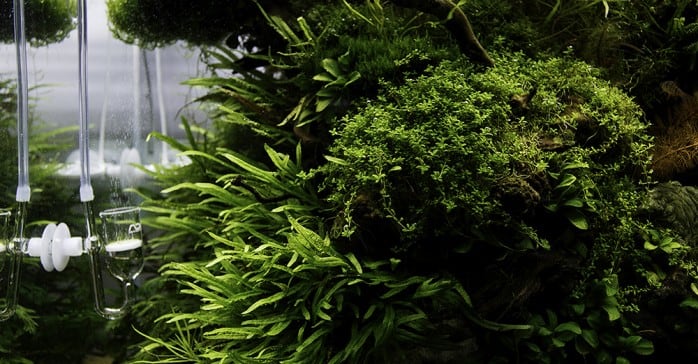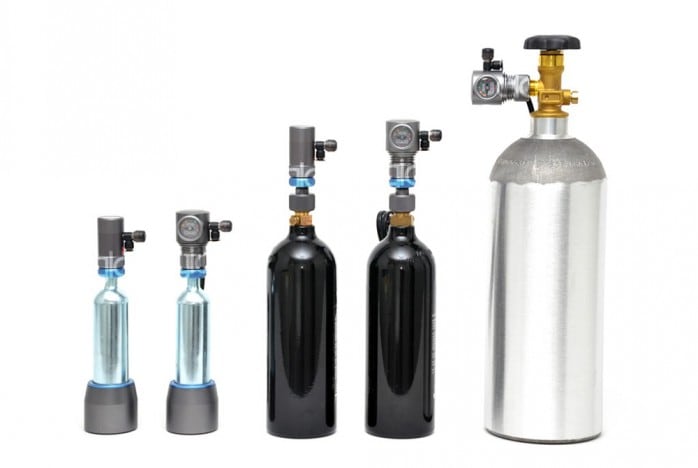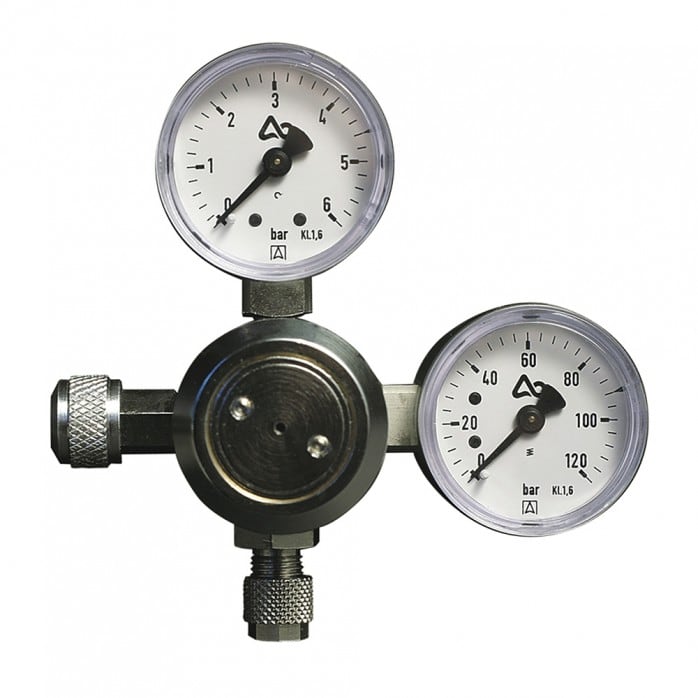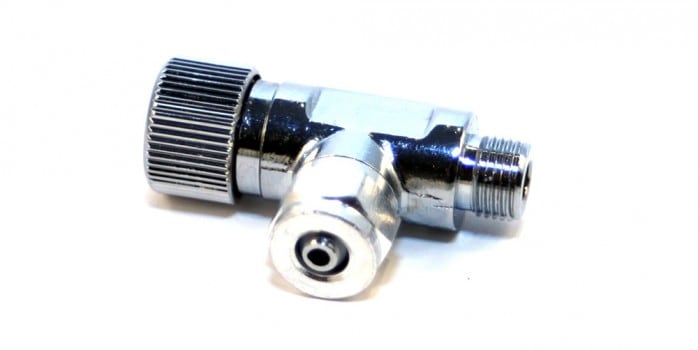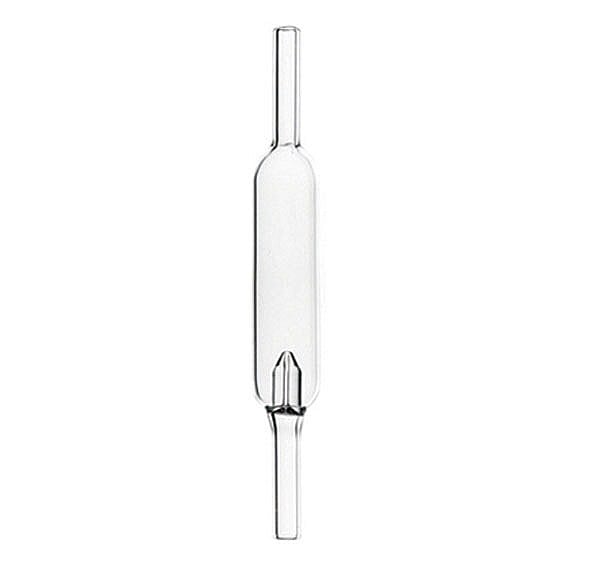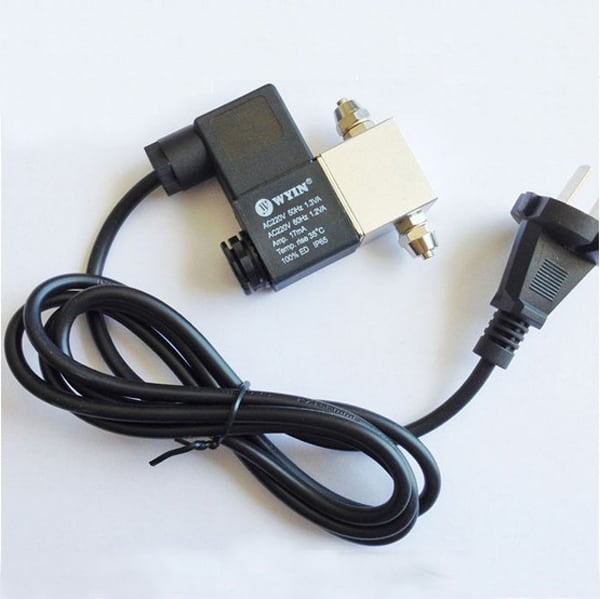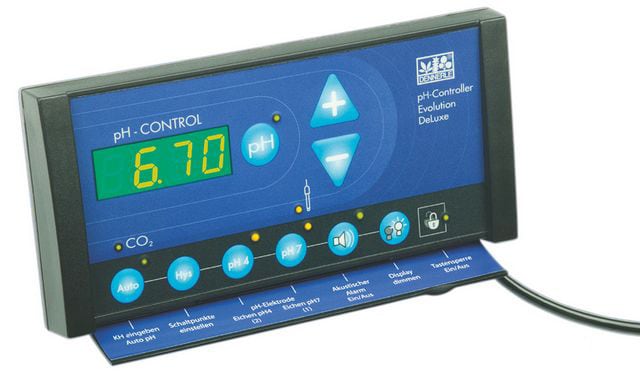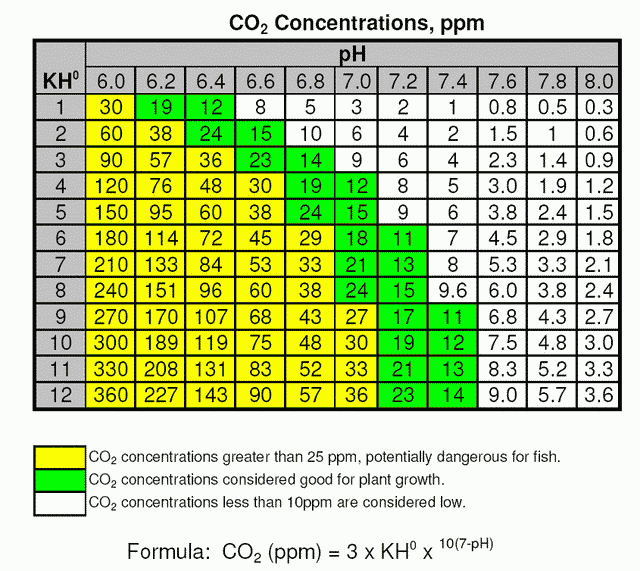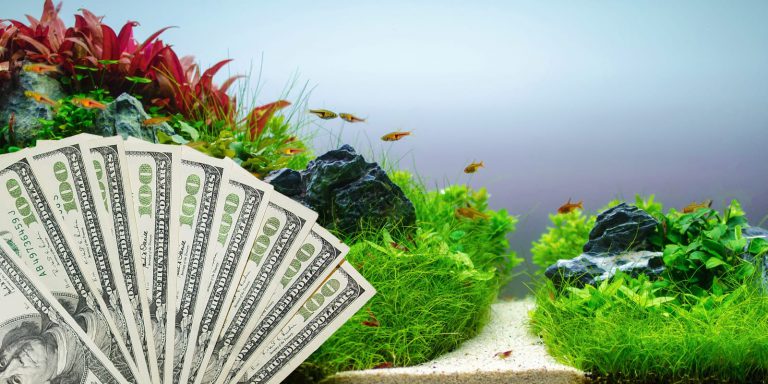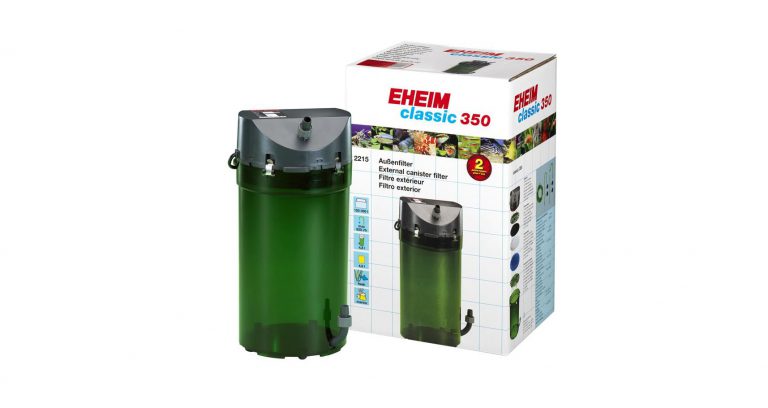Carbon dioxide (CO²) is one of the most important nutrients plants need in order to grow. Carbon is the one fundamental element that stands at the base of all life on Earth, underwater world included. Find out how the presence of CO² in the planted tank influences the aquascaping process, what types of CO² systems you should go for your own aquascape, as well as useful tips and tricks on how to get the best potential out of your plants using CO².
Why is CO² So Important in Aquascaping?
CO² gets a bad write up in the press these days. We are always hearing about global warming and the destruction of the ozone layer, but it is also important to remember that plants need CO² to live.
The foliage in your planted aquarium is no exception to this rule. Plants use² the process of photosynthesis to turn water, CO² and light into sugars and oxygen.
This process coupled with respiration is the basis of life on earth. Without photosynthesis plants cannot produce the sugars which are used for growth and the development of new roots and leaves.
Successful aquascaping is all about healthy, full-grown plants. You may decide what plants you want to use in your aquascape, but CO² is determining how well these plants grow and develop in time.
There are 3 known most important resources we need to supply when dealing with a planted aquarium:
- Light
- CO²
- Micro and Macro nutrients
Micro and Macro nutrients are usually supplied from fish waste and by dosing fertilizers, but what about light and CO²? How do these two natural resources relate to one another and how do we make sure we create the right balance between them?
The major reason for which CO² is so important for plants stands in the fact that it is involved in their process of photosynthesis – converting light into energy. A more broad definition would be that photosynthesis is a process used by plants to convert light energy (usually from the sun) into chemical energy that can later be used as a source of food.
This food is represented by carbohydrate molecules (such as sugars), which are synthesized from CO² and water. Following this process, oxygen is released as a waste product (which is beneficial for fish and invertebrates).
Of course, in order for the photosynthesis to occur, the light intensity must reach a certain threshold.
Not only that, but by providing more light, the photosynthesis will be much faster and so the plants will grow at a higher rate. You must be careful though because high levels of light but not enough CO² will promote algae blooms.
A certain level of CO² always exists in our aquariums because fish exhale it through the process of respiration, but that’s not enough. If we want to attain a certain level of lush plant growth we have to mechanically add CO² to the planted aquarium.
It’s well known that plants prefer an environment with a certain concentration of dissolved CO², which is around 10-15ppm (part per million). It’s important to keep this value as constant as possible as a high amount of dissolved CO² could harm your fish and other invertebrates living in your aquarium (if you keep it below 30 ppm you’ll on the safe side).
A depletion of CO² can cause a variety of problems within a planted aquarium. The most notable is the stunted growth of plants and a paling in the leaves and stems.
Continued low levels of CO² can cause the death of your plants in the tank. Plants may also start to get lime deposits on their leaves. Dissolved carbon dioxide becomes carbonic acid in water, so with depleted levels the pH of the tank will rise.
This has serious consequences for any fish you are keeping as well as the plants. Both fish and plants will have an increased susceptibility to disease in increasingly high pH levels.
Finally there is the fear of algal growth with increasingly low CO² levels, which in turn can cause a lot of other problems including ammonia poisoning.
Adding CO² to Your Planted Aquarium
Since its beginning in the mid-90s, the practice of injecting CO² in the planted aquarium has come a long way. Nowadays almost every aquarium store have a wide range of CO² equipment and more people are using it for their planted aquariums.
There are many ways to supplement the carbon dioxide in your tank. These broadly fall into two categories: gas or liquid injection. Carbon in its gaseous form can be administered in three ways: yeast based, pressurized systems and aerosol (a cheaper CO² alternative which are only really useful for smaller tanks).
Yeast based (DIY CO² or BIO CO²) are the most inefficient and uncontrollable way of getting CO² into the planted aquarium. CO² is the by-product of the fermentation process but only provides an inconsistent supply.
You might be thinking DIY – it must be cheaper, it does the same thing as a pressurized system, but you only need sugar, yeast and water. It IS cheaper, but the process is a hassle, it can easily produce a commotion.
The recipe depends on the size of your aquarium, CO² is not diffused into the aquarium through a diffuser, but directly into the water (because of the lack of pressure), you have to setup the system all by yourself, all these are a couple of important factors that should make you think twice before trying it. That and the fact that the system needs to be changed once every few weeks.
But if you want to try it anyway, here’s a good video that shows you how to build such system:
Pressurized CO² systems are probably the best and easiest option to deliver CO² in your planted aquarium, are reliable and consistent though they are unfortunately a lot more expensive.
A system like this enables you to control the CO² output, increasing your chances to get the best out of your plants’ potential.
Components of a Pressurized CO² System for Your Planted Tank
CO² Cylinder
Contains liquefied CO² under high pressure, comes in various sizes (from 0.5 litres up to 10 litres). Pretty expensive to buy but very cheap to refill. Be careful with these cylinders and make sure to always handle them with great care as this is not something to mess around with. CO² is a colorless and odorless gas that can be toxic in high concentrations.
CO² Pressure Regulator
Allows you to regulate the pressure for a desired CO² output, has 2 gauge pressure indicators, one shows the pressure inside the cylinder and the other reads the output pressure.
CO² Needle Valve
Has a sole purpose of regulating CO² flow precisely, is usually supplied with CO² regulators.
CO² Bubble Counter
Does exactly what it says, counts your CO² bubbles that go into your planted tank.
CO² Diffusion System Types
CO² diffusion reactor – dissolves CO² gas in aquarium water without loss. When you use this you won’t need a separate bubble counter
CO² glass diffuser with ceramic disc – this helps in breaking down the big bubbles of CO² into very fine tiny bubbles which are more efficiently spread into the planted aquarium water
CO² external inline reactor – very efficient reactor type which connects to your external filter. When the CO² bubbles reach the inside of the reactor, are broken down constantly until they´re completely dissolved into the water
CO² Solenoid Valve
This piece of CO² equipment allows gas to flow, or not to flow through it. The most common way of using a solenoid valve is by plugging it into the timer which your lights use.
The reason behind this is that plants don’t use CO² when there’s no light available, so shutting down the CO² supply during the night could prevent a high concentration buildup in the morning.
pH Controller (with pH Electrode)
The ultimate CO² measurement equipment for your planted aquarium. This device electronically measures the pH value in the aquarium in a continuous manner (with the help of a pH electrode) and also controls the supply of CO² automatically via a CO² solenoid valve.
There are some additional advantages to having a CO² pressurized system. As mentioned previously CO² forms carbonic acid once dissolved.
Maintaining your CO² level helps you to maintain your pH level as well. Trace elements that your plants need to grow and develop are taken up more easily in the right pH conditions. In addition lime deposits on leaves are avoided.
There is no one device for measuring CO² levels in an aquarium. However due to the nature of the connection between pH, carbonate hardness and CO² levels it is possible to work out the CO² level in your aquarium using a chart such as this one:
pH and kH values are easily measured and are readily available from most aquatics companies. This is not the most accurate way of measuring CO² levels as there are other factors that can influence the results such as phosphates and nitrates.
A second way to measure CO² levels is to use a drop checker. This has the advantage of being able to be measured at all times. Additionally phosphate has no effect on the readings.
Carbon dioxide in liquid form is like a fertilizer and can be administered directly into the planted tank. They are all basically very similar and contain the same active ingredients.
In comparison with gas carbon injectors, liquids are not as efficient so plant growth takes much longer. However they are much cheaper and again are really good for smaller aquariums. They can also have a positive effect on depleting and preventing algal growth.
Whichever CO² system you choose to use for your planted aquarium, remember that your plants have other needs too, like a proper amount of light, an efficient fertilization method, a good aquarium water circulation and a suitable choice of aquarium substrate. We’ll talk about these aspects in some of our future posts, so stay tuned.
Enjoyed this article? Spread the word by sharing it with your friends!


